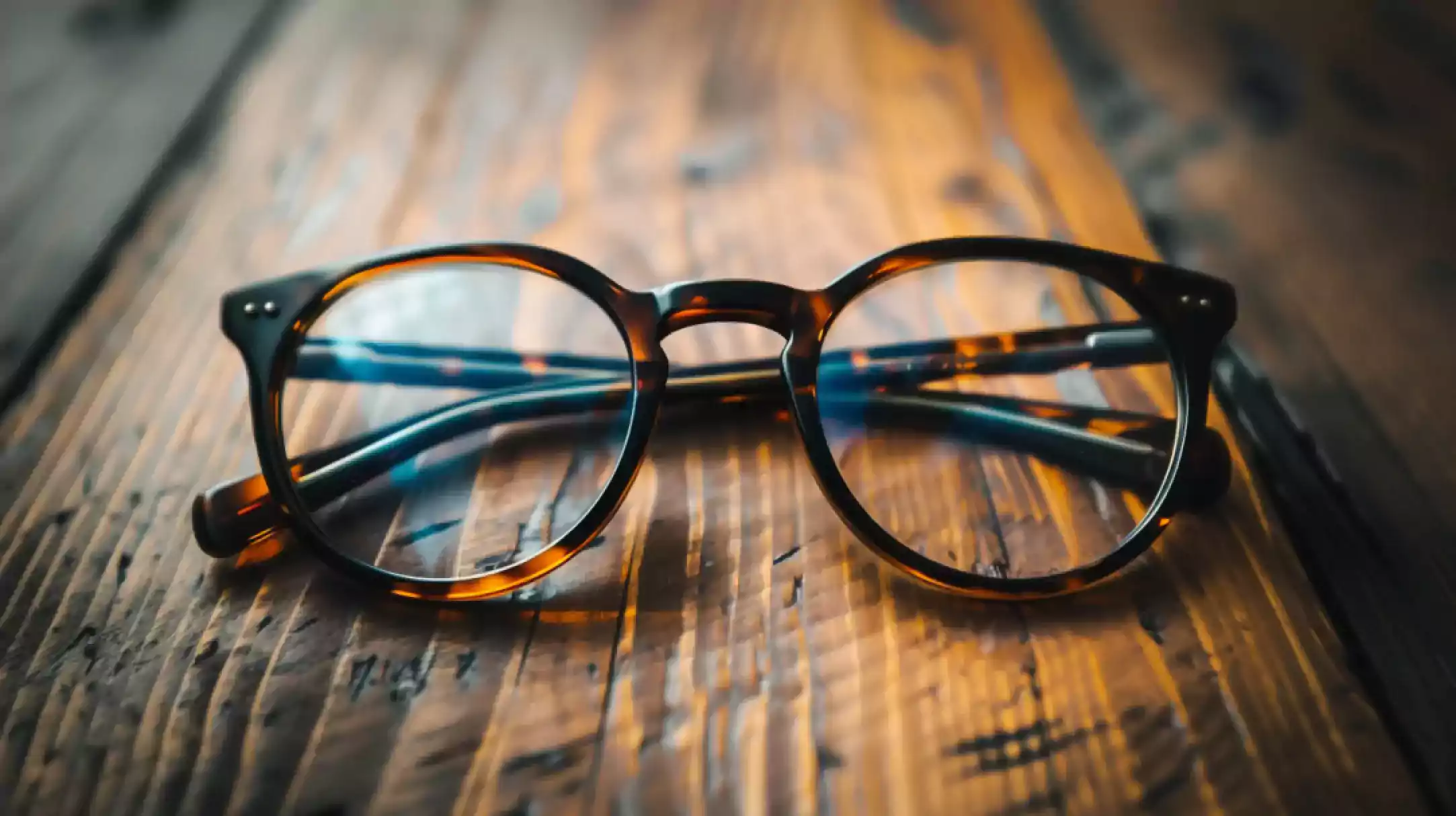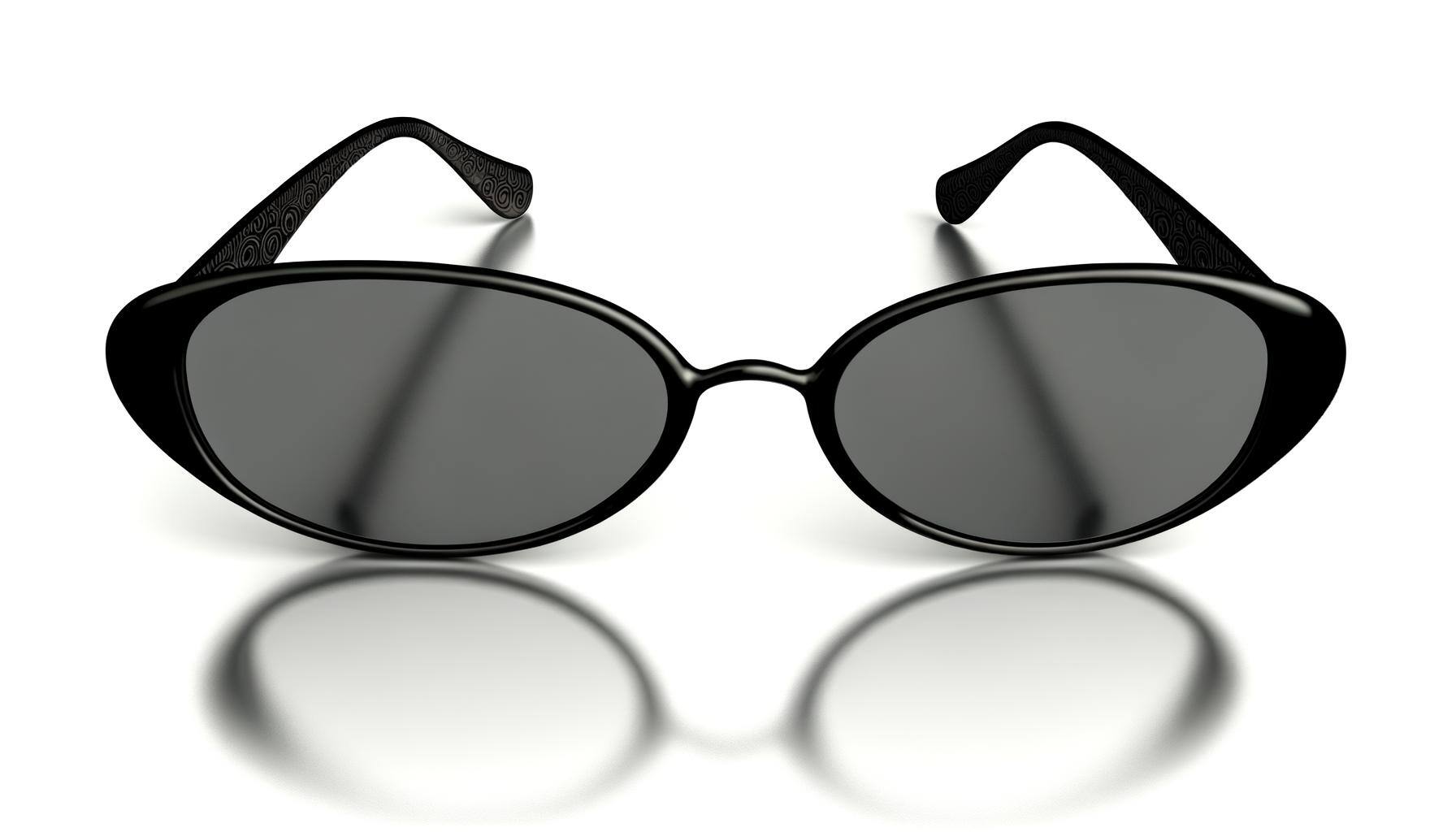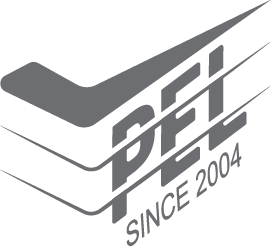The ANSI Z80.3 eyewear standard is designed for manufacturers and consumers of nonprescription sunglasses. This standard outlines refractive properties, transmittance properties, and physical and mechanical properties requirements, ensuring eyewear meets aesthetic expectations and upholds safety and quality.
What is ANSI Z80.3?
ANSI Z80.3 is a standard developed by the American National Standards Institute, specifying nonprescription sunglasses' performance criteria. Managed by the Vision Council and approved stakeholders, these standards are periodically revised to incorporate the latest scientific advancements and consumer safety expectations. The ANSI Z80.3 standard was last updated in 2018, which mainly clarifies the testing of photosensitive lenses, making requirements in this standard consistent with international standards.
ANSI Z80.3 establishes standards for sunglasses based on their manner of use and design safety. The sunglasses must:
- Protect the wearer’s eyes from ultraviolet (UV) radiation
- Prevent sight inhibition from the sun
- Allows enough light to penetrate the lense -- drivers must still see daylight and traffic lights
- Be structurally sound with impact-resistant lenses (21 CFR 801.410 -- “Drop ball test”)
- Not be flammable
- Other structural considerations include acceptable material guidelines, corrosion resistance, and special features like polarised lenses.
This standard specifically excludes products covered by ANSI Z87.1, ANSI Z80.1, and those covered within the ASTM F08.57 committee.
The Key Components of ANSI Z80.3 Standards
The ANSI Z80.3 standards encompass several critical areas: refractive properties, transmittance properties, and physical and mechanical properties, each crucial for ensuring the safety and effectiveness of eyewear.
Refractive properties
Under ANSI Z80.3, refractive properties is stringently regulated to ensure that nonprescription eyewear does not inadvertently affect vision. Here are the key components:
- Refractive Power: The standard requires that refractive power across any lens meridian should ideally be zero, with a tolerance of ±0.13 diopters. This precision ensures the lenses do not modify visual acuity or introduce unwanted optical corrections.
- Astigmatic Power: ANSI Z80.3 limits the difference in refractive power between any two meridians of a lens to a maximum of 0.13 diopters, preventing astigmatism that can distort vision and lead to eye discomfort.
- Prismatic Power Imbalances: When lenses are mounted in frames, the standard restricts prismatic power imbalances to a maximum of 0.50Δ horizontally and 0.25Δ vertically. This control helps avoid visual shifts that could cause disorientation or visual strain.
Physical and Mechanical Properties
Physical and mechanical properties under ANSI Z80.3 is critically assessed to ensure that eyewear withstands physical stresses without failure. One of the tests is the 'drop ball test,' designed to meet or exceed the stringent requirements of 21 CFR 801.410. In this test, a steel ball is dropped from a height onto the convex surface of the lens to evaluate its impact resistance. This ensures that the lens does not fracture upon impact, which confirms its ability to withstand everyday usage accidents.
ANSI Z80.3 includes specific protocols for testing flammability and frame corrosion, enhancing the eyewear’s safety and longevity:
- Flammability Testing: Eyewear materials are exposed to a direct flame to assess ignition resistance. The materials must not sustain combustion for extended periods after exposure to flame, ensuring their safety in various environmental conditions.
- Frame Corrosion Testing: Metal frames undergo salt spray tests to simulate exposure to corrosive environments. This test evaluates the frames' ability to resist corrosion over time, maintaining their structural integrity and aesthetic appearance.
Transmittance Properties
Given that ANSI Z80.3 is designed explicitly for sunglasses rather than prescription eyewear, safety goggles, or any other types of glasses, it is essential to effectively shield the eyes from sunglass glare, ultraviolet (UV) radiation to prevent damage or impairment to vision. One of the tests is ultraviolet (UV) requirement. The standard explicitly mandates ultraviolet mean transmittance, where lenses must meet defined limits for UV mean transmittance across critical UV bands. The lenses block a substantial amount of UV radiation for UVB (280 nm to 315 nm) and UVA (315 nm to 380 nm).
The standard requires that the UV transmittance values for these bands be within the limits outlined in the ANSI Z80.3 guidelines. If a product claims to offer enhanced UV protection beyond these standards, the specific UV mean transmittance values must be reported, especially for the UVA range of 315 to 380 nm.
Regulatory Context and Compliance
ANSI Z80.3 plays a crucial role in the regulatory landscape of eyewear manufacturing by aligning closely with FDA regulations, particularly those concerning the safety and durability of eyewear products. Here's a detailed exploration of how this alignment impacts manufacturers and the broader implications for the eyewear industry:
Integration with FDA Regulations
ANSI Z80.3 standards are intricately aligned with the FDA's requirements under 21 CFR 801.410, which focuses on the impact resistance of eyewear. This regulation mandates that all nonprescription eyewear sold in the U.S. must be able to withstand a significant impact. The 'drop ball test' that simulates real-world impacts to ensure lenses do not shatter provides a direct pathway to compliance with FDA safety standards.
PEL's Expertise in Meeting ANSI Z80.3 Requirements for Sunglasses
At PEL, we uphold the rigorous standards of ANSI Z80.3 to ensure the highest quality and safety of sunglasses. Our laboratory is equipped with specialised testing equipment that evaluates everything from transmittance properties and refractive properties to physical and mechanical properties. By adhering to comprehensive quality and compliance regulations such as EU 2016/425 and FDA's 21 CFR 801.410, we help eyewear manufacturers ensure their products meet global regulatory requirements.






.jpg)



